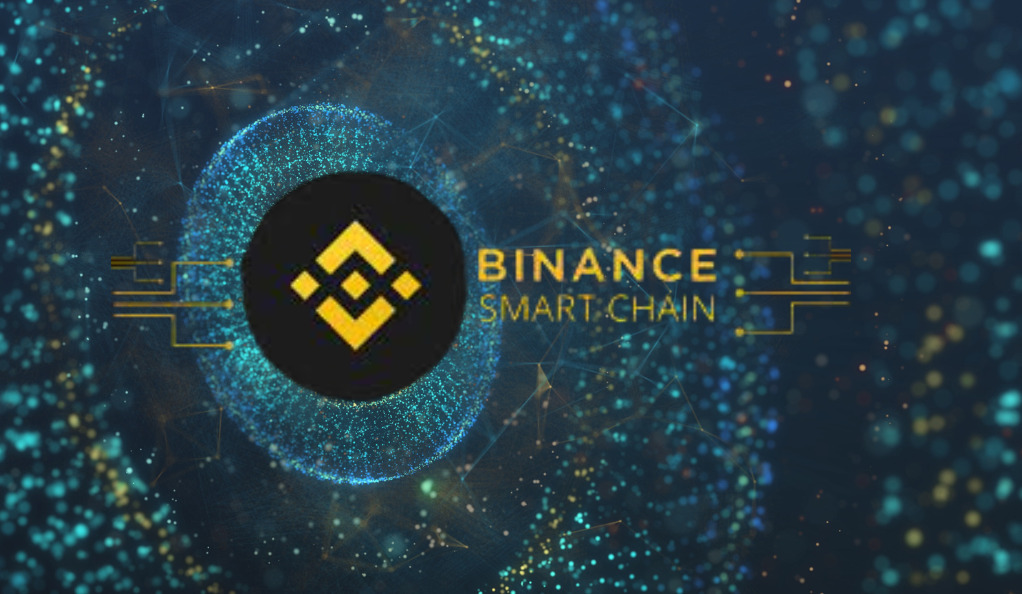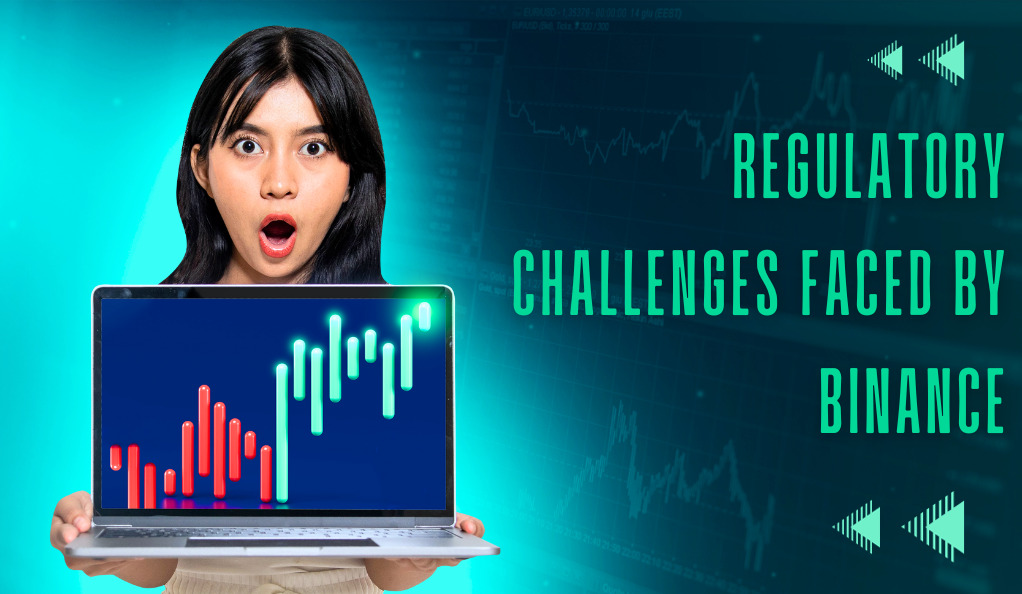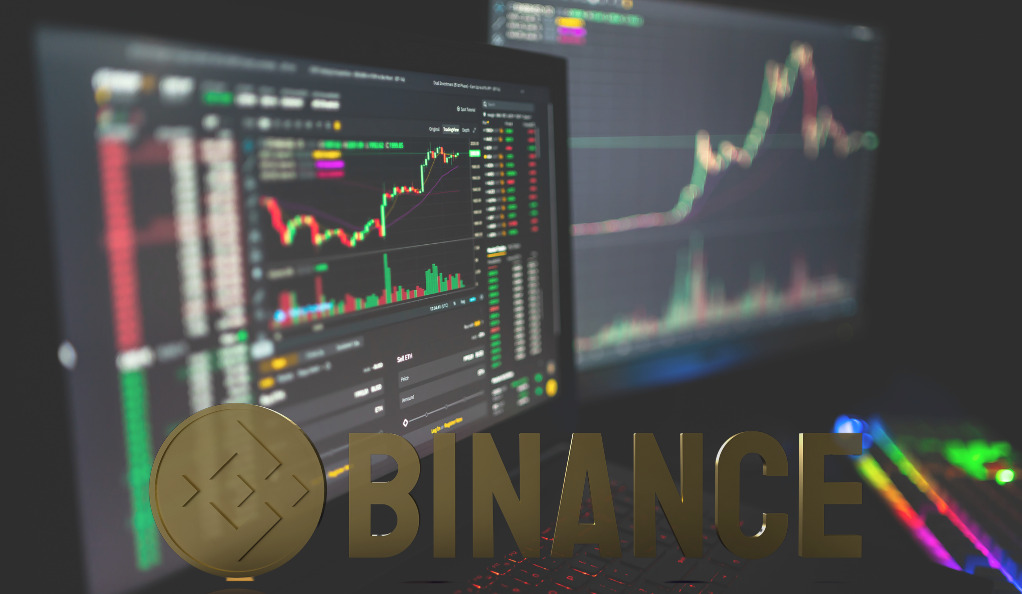In the dynamic world of cryptocurrency, Binance stands out as a luminary, having carved a niche for itself since its foundation in 2017. Orchestrated by the astute leadership of Changpeng Zhao, its trajectory to the pinnacle of crypto exchanges is intrinsically linked to the evolution of Binance Coin (BNB). Originally conceptualized as a mere utility token, BNB has metamorphosed into a pivotal asset within the Binance ecosystem. This narrative delves deep into the saga of Binance’s ascendancy and the multifaceted role of BNB in shaping the contours of modern crypto trading.
Binance: The Rise of a Crypto Titan
Binance, founded in 2017 by Changpeng Zhao (commonly known as CZ), quickly rose to prominence in the cryptocurrency world. Within a year of its inception, Binance became one of the largest cryptocurrency exchanges in terms of trading volume. Its meteoric rise can be attributed to a combination of factors:
- User-Friendly Interface: Binance’s platform is designed for both beginners and seasoned traders, offering a seamless trading experience.
- Diverse Cryptocurrency Offerings: Binance offers a wide range of cryptocurrencies for trading, catering to the diverse interests of its user base.
- Robust Security Measures: Despite the volatile nature of the crypto market, Binance has maintained a strong security posture, implementing advanced measures to protect user funds.
Binance Coin (BNB): More Than Just a Cryptocurrency
Binance Coin, or BNB, started as an ERC-20 token on the Ethereum blockchain. It was initially introduced to fund Binance’s Initial Coin Offering (ICO). However, as Binance grew, so did the utility and significance of BNB.
Utility of BNB:
- Trading Fee Discounts: Binance users can opt to pay their trading fees in BNB, often at a discounted rate.
- Token Sales on Binance Launchpad: BNB can be used to participate in new token sales hosted on Binance’s Launchpad platform.
- Staking: BNB holders can stake their coins to earn rewards.
- Decentralized Finance (DeFi): BNB is used in various DeFi applications on Binance Smart Chain.
The Evolution of Binance Coin (BNB)
Binance Coin, commonly referred to as BNB, was initially launched as an ERC-20 token on the Ethereum blockchain. This was a strategic move by Binance to raise funds for the development and expansion of the Binance platform. The Initial Coin Offering (ICO) for BNB was conducted in July 2017, where 100 million BNB tokens were up for grabs.
BNB’s Transition: From Ethereum to Binance Chain
In April 2019, marking a significant milestone, Binance launched its proprietary blockchain called Binance Chain. This move was pivotal for BNB as it transitioned from being an ERC-20 token on Ethereum to becoming the native token of Binance Chain. This transition was not just a technical shift but also expanded the utility and potential of BNB.
Binance Smart Chain: A Game Changer
Further pushing the boundaries, Binance introduced the Binance Smart Chain (BSC) in September 2020. While Binance Chain was designed for fast trading, BSC was developed to facilitate the creation of smart contracts and the staking mechanism for BNB. This allowed BNB to be at the forefront of the DeFi (Decentralized Finance) revolution.

Rebranding and Expanding Horizons: Introduction of BNB Chain
In a strategic move to consolidate its brand and expand its ecosystem, Binance rebranded Binance Chain to BNB Chain. This not only streamlined the branding but also emphasized the growing importance and versatility of BNB in the crypto world.
Binance Coin (BNB) in the Global Market
Since its inception, Binance Coin (BNB) has witnessed a remarkable journey, evolving from a platform-specific token to one of the dominant players in the global cryptocurrency market. Its growth trajectory is not just a testament to its utility but also to the strategic decisions and innovations introduced by Binance.
BNB’s Market Capitalization: Standing Among Giants
Market capitalization, calculated by multiplying the current price of a cryptocurrency by its total number of coins in circulation, is a crucial metric to gauge the relative size of a cryptocurrency. BNB’s market capitalization has seen exponential growth, placing it firmly among the top cryptocurrencies.
The Utility Factor: BNB’s Role Within the Binance Ecosystem
BNB’s value proposition extends beyond just being a tradable asset. Within the Binance ecosystem, BNB serves multiple purposes:
- Trading Fee Discounts: Users can avail significant discounts on trading fees when paid with BNB.
- Participation in Token Sales: Binance Launchpad, the token launch platform, often requires BNB for new token sales.
- Collateral for Loans: On Binance’s lending platform, users can use BNB as collateral for loans.
- Payment for Transaction Fees: On Binance Smart Chain, BNB is used to pay for transaction and smart contract execution fees.
BNB’s Global Acceptance: Beyond the Binance Ecosystem
BNB’s acceptance isn’t limited to the Binance platform. Its growing popularity has led to its adoption in various external platforms:
- Payment for Goods and Services: Many online merchants now accept BNB as a mode of payment.
- Travel and Hospitality: Certain travel platforms and hotels accept BNB for bookings.
- DeFi Platforms: BNB is increasingly being integrated into various DeFi platforms as a preferred token.
Criticisms and Controversies Surrounding Binance Smart Chain
While Binance Smart Chain (BSC) has been hailed as a revolutionary platform in the DeFi space, its rapid ascent hasn’t been without challenges. Like many trailblazing technologies, BSC has faced its share of criticisms and controversies, which are essential to understand for a holistic view of the platform.
Centralization Concerns: The Trade-off for Efficiency
One of the most prominent criticisms of BSC is its level of centralization. Unlike Ethereum, which boasts a vast network of nodes, BSC operates with a smaller set of validators. This structure allows for faster and cheaper transactions but at the potential cost of decentralization.
| Criteria | Binance Smart Chain | Ethereum |
|---|---|---|
| Number of Validators/Nodes | 21 Validators | 8,000+ Nodes |
| Transaction Speed | Faster | Slower due to larger network |
| Cost | Lower transaction fees | Higher transaction fees |
| Level of Decentralization | Less decentralized | Highly decentralized |
Network Exploits: The Security Dilemma
BSC’s architecture, while efficient, has been a target for hackers and malicious actors. Several DeFi projects on BSC have faced exploits, leading to significant financial losses. While not directly a flaw of BSC, the frequency of these incidents has raised eyebrows.
Section: Notable BSC Exploits
- Project A Exploit: In [Month, Year], Project A faced a smart contract vulnerability leading to a loss of $X million.
- Project B Exploit: A flash loan attack in [Month, Year] resulted in Project B losing $Y million.
Binance Smart Chain, while transformative, is a testament to the fact that innovation often comes with challenges. By understanding these criticisms and controversies, users, developers, and stakeholders can make informed decisions and contribute to the platform’s continuous evolution.
BinanceUSD (BUSD): Binance’s Stablecoin
In the volatile world of cryptocurrencies, stablecoins have emerged as a beacon of stability. Pegged to stable assets like fiat currencies, they offer the best of both worlds: the flexibility of cryptocurrencies and the stability of traditional currencies. BinanceUSD (BUSD) is Binance’s foray into this space, and its journey is both intriguing and indicative of the evolving crypto landscape.

BinanceUSD (BUSD): A Glimpse into its Genesis
Launched in September 2019, BUSD is a collaboration between Binance and Paxos, a regulated financial institution. With the approval of the New York State Department of Financial Services (NYDFS), BUSD has established itself as a reputable and compliant stablecoin in the market.
Pegging Mechanism: The 1:1 USD Assurance
BUSD operates on a simple principle: for every BUSD token issued, there’s an equivalent US Dollar held in reserve. This ensures that BUSD maintains its peg to the US Dollar, offering users a stable asset in the crypto ecosystem.
Utility and Use-Cases: Beyond Just a Stable Asset
While its primary function is to serve as a stable asset, BUSD’s utility extends beyond just that:
- Trading Pair: BUSD is used as a trading pair on Binance and other exchanges, allowing users to trade against a stable asset.
- Payment Solution: Some merchants accept BUSD as a mode of payment, offering a crypto alternative to traditional payment methods.
- Yield Generation: Users can earn interest by holding or staking their BUSD in various DeFi platforms.
The Role of Paxos: Ensuring Trust and Compliance
Paxos plays a pivotal role in the BUSD ecosystem. As the issuer of BUSD, Paxos is responsible for:
- Maintaining Reserves: Ensuring that for every BUSD in circulation, there’s an equivalent USD in reserve.
- Monthly Audits: Conducting regular audits to verify the reserves and ensure transparency.
- Regulatory Compliance: Ensuring that BUSD adheres to regulatory standards set by NYDFS.
Regulatory Challenges Faced by Binance

The cryptocurrency industry, with its rapid growth and global reach, has attracted the attention of regulators worldwide. Binance, as a leading player in this domain, has inevitably found itself at the crossroads of innovation and regulation. This section delves into the regulatory challenges faced by Binance and its proactive approach to compliance.
A Global Presence: Diverse Regulatory Landscapes
Operating in multiple countries, Binance encounters a mosaic of regulatory frameworks. While some nations have embraced cryptocurrencies, others have taken a more cautious or even restrictive stance.
Investigations and Legal Challenges: The Roadblocks
Binance has faced investigations and legal challenges in various jurisdictions:
- USA: Concerns over allowing US citizens to access certain trading features led to investigations.
- UK: The Financial Conduct Authority (FCA) issued warnings regarding Binance’s operations without proper licensing.
- Japan: Binance ceased its operations after the Financial Services Agency (FSA) issued a warning for operating without a license.
Binance’s Proactive Approach: Building Bridges, Not Walls
In response to these challenges, Binance has taken several proactive measures:
- Localized Operations: Binance has established localized exchanges, like Binance.US, to comply with specific regional regulations.
- Engaging with Regulators: Binance actively engages with regulatory bodies, seeking to understand and adhere to local compliance requirements.
- Enhanced KYC/AML Procedures: Binance has ramped up its Know Your Customer (KYC) and Anti-Money Laundering (AML) procedures to prevent illicit activities on its platform.
The Future of Binance: A Vision of Global Compliance
Binance envisions a future where the crypto industry and regulators coexist harmoniously. To this end, the company is:
- Investing in Compliance: Binance is allocating significant resources to bolster its compliance teams and tools.
- Educating the Masses: Through initiatives like Binance Academy, the company educates users about the importance of regulatory compliance and safe trading practices.
Binance’s Global Presence and Future Prospects
Binance’s meteoric rise isn’t just a story of a successful cryptocurrency exchange; it’s a testament to a global vision that transcends borders. With operations spanning multiple continents, Binance’s global footprint is both vast and influential. This section explores Binance’s international endeavors and its aspirations for the future.
Mapping Binance’s Global Footprint
From its inception in China to its relocation to Malta and its expansion to other continents, Binance’s journey is truly global. Its presence in various regions reflects its adaptability and ambition.
| Continent | Key Countries/Regions | Notable Developments |
|---|---|---|
| Asia | China, Singapore, Taiwan | Initial establishment, strategic partnerships |
| Europe | Malta, UK, France | Relocation to Malta, expansion of services |
| North America | USA, Canada | Launch of Binance.US, regulatory engagements |
| Africa | Uganda, Nigeria | Introduction of fiat-to-crypto trading platforms |
| Oceania | Australia | Acquisition of local crypto platforms |
Strategic Partnerships: Collaborating for a Broader Vision
Binance’s global strategy isn’t just about establishing its own platforms; it’s also about forging meaningful partnerships:
- Binance.US: A partnership with BAM Trading Services to cater to the US market while ensuring regulatory compliance.
- Binance Uganda: Collaborating with local entities to introduce the first fiat-to-crypto trading platform in Uganda.
- Joint Ventures: Collaborative efforts with regional players in regions like South Korea and Turkey to tap into local markets.
Acquisitions: Expanding Horizons and Capabilities
Binance’s growth strategy also involves acquiring platforms and technologies that align with its vision:
- CoinMarketCap Acquisition: In 2020, Binance acquired CoinMarketCap, a leading cryptocurrency data aggregator, enhancing its ecosystem’s data analytics capabilities.
- WazirX Acquisition: To tap into the Indian market, Binance acquired WazirX, a prominent local cryptocurrency exchange.
- Trust Wallet Acquisition: Enhancing its mobile capabilities, Binance acquired Trust Wallet, a secure and intuitive mobile wallet.
Future Prospects: Binance’s Vision for the Next Decade
As the crypto landscape evolves, Binance’s aspirations are clear:
- Deeper Market Penetration: Expanding its presence in regions where crypto adoption is still in nascent stages.
- Technological Innovations: Investing in R&D to introduce cutting-edge trading tools and platforms.
- Regulatory Collaborations: Working closely with global regulators to shape the future of crypto regulations.
- Sustainability Initiatives: With the growing emphasis on green technologies, Binance aims to make its operations more eco-friendly.
Conclusion
In the ever-evolving landscape of cryptocurrencies, Binance and its flagship Binance Coin (BNB) stand out as monumental players. From Binance’s humble beginnings to its ascent as a global crypto powerhouse, its journey is emblematic of the industry’s transformative potential. BNB, initially birthed as an Ethereum token, has metamorphosed into the cornerstone of the Binance ecosystem, reflecting its adaptability and vision.
While its market dominance is unquestionable, Binance Smart Chain has faced its share of criticisms, underscoring the challenges of innovation. The introduction of BinanceUSD (BUSD) further amplifies Binance’s commitment to offering diverse financial solutions, with Paxos ensuring its trustworthiness.
Navigating the intricate web of global regulations, Binance has encountered challenges but remains steadfast in its compliance efforts. As it expands its global footprint, forging strategic alliances and making pivotal acquisitions, Binance’s trajectory offers invaluable insights for investors and enthusiasts alike. This handbook serves as a testament to Binance and BNB’s indelible impact on the crypto market and their promising future.
Bitcoinnewsmagazine is committed to providing impartial and reliable insights into cryptocurrency, finance, trading, and stocks. It's important to note that we do not provide financial advice, and we strongly encourage users to conduct their own research and due diligence.
Read More


